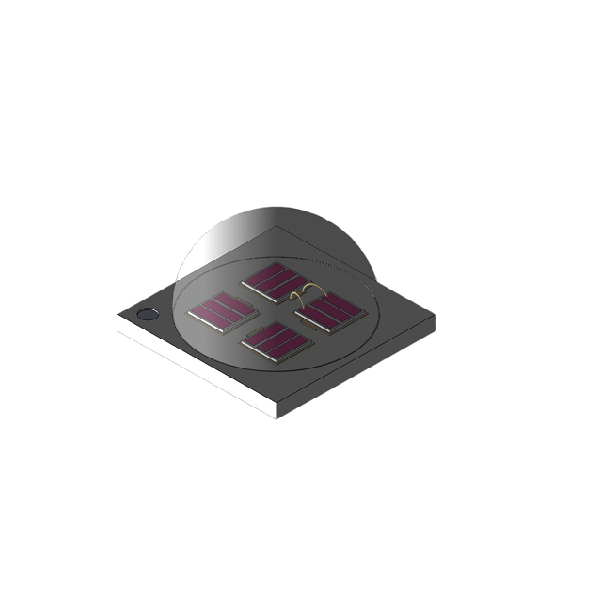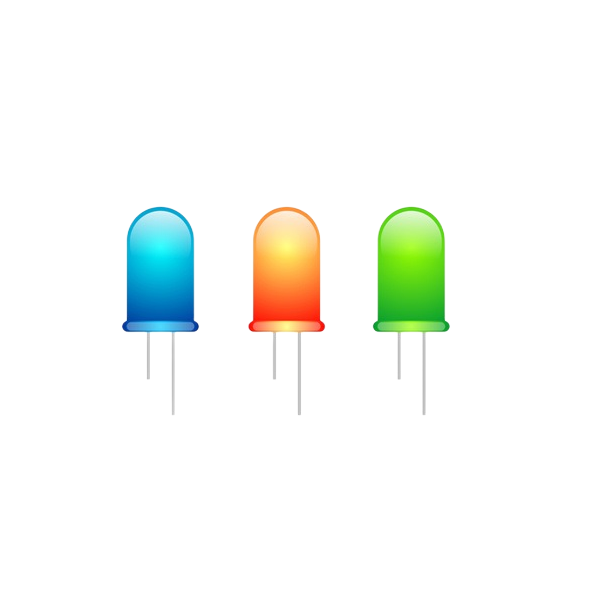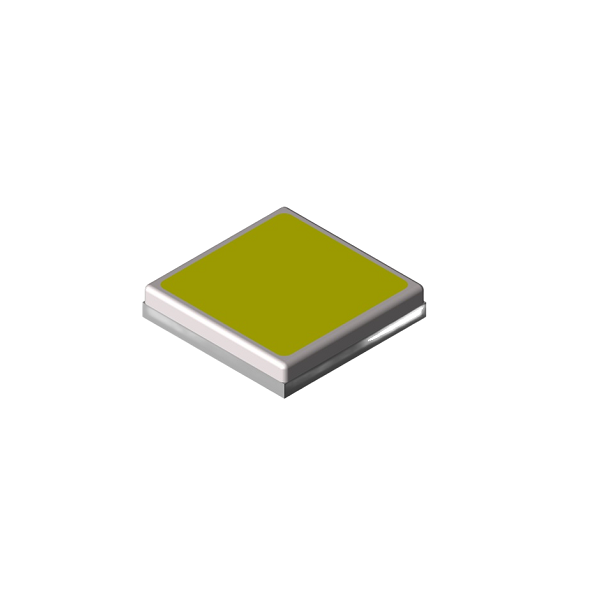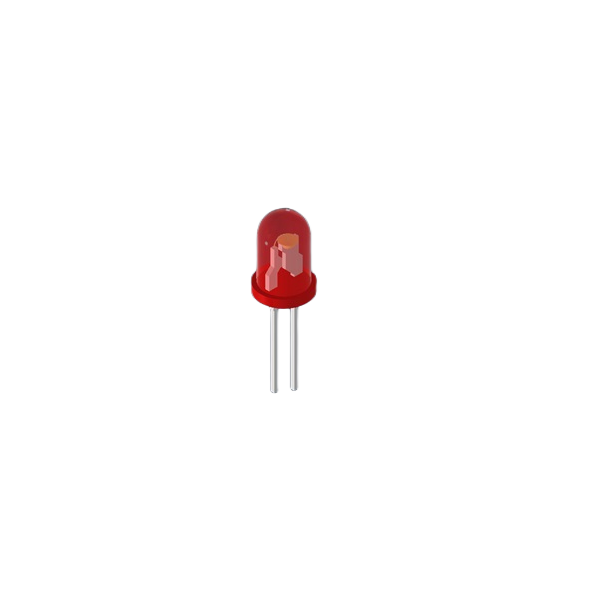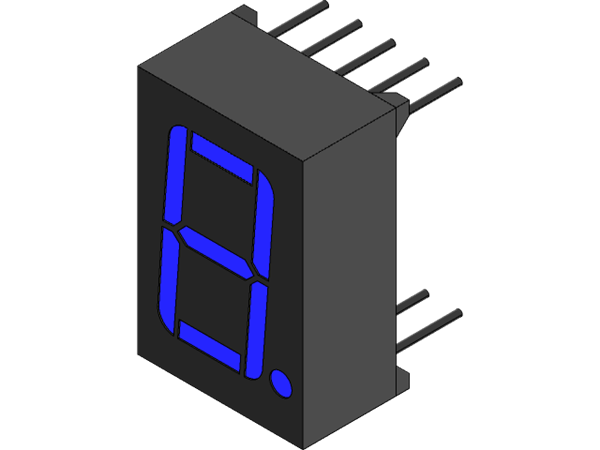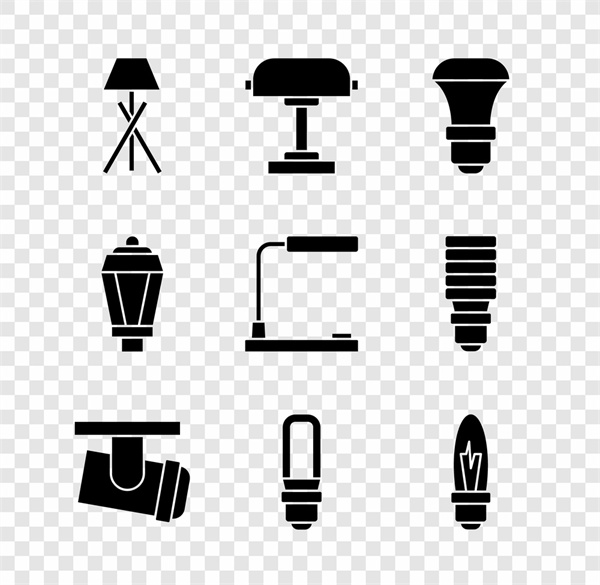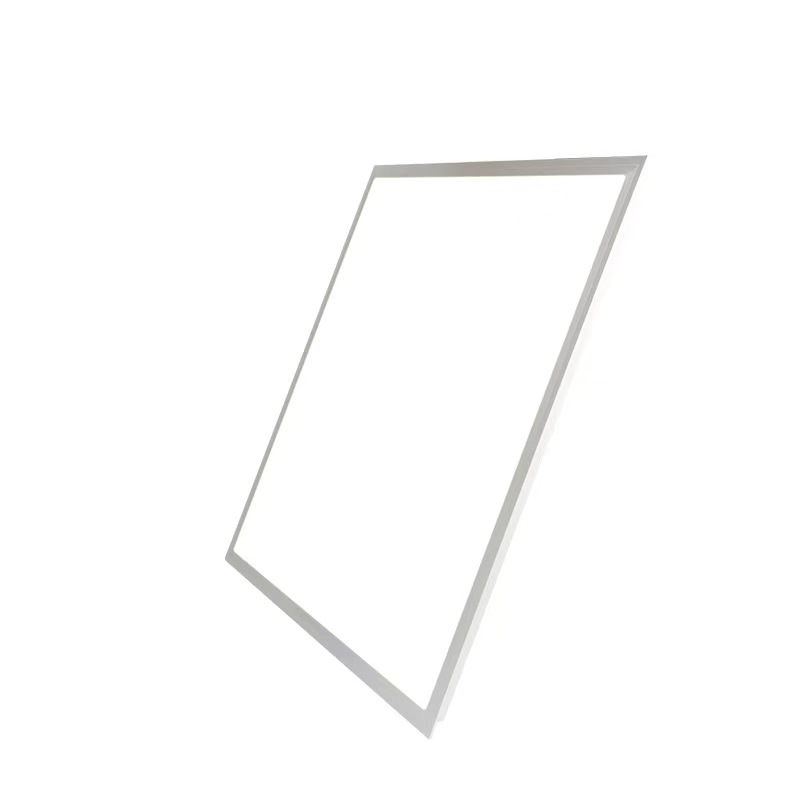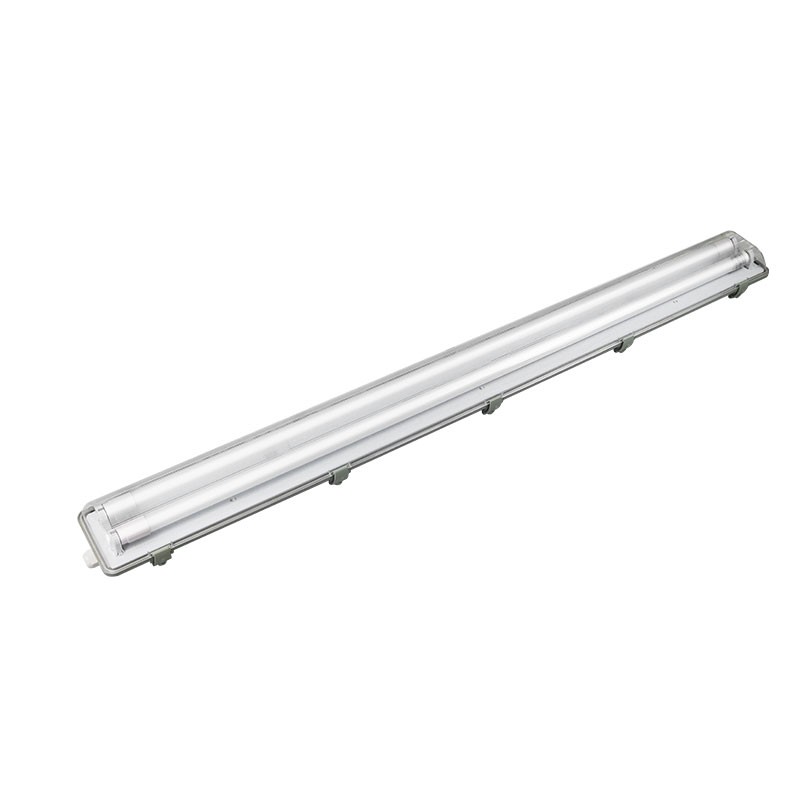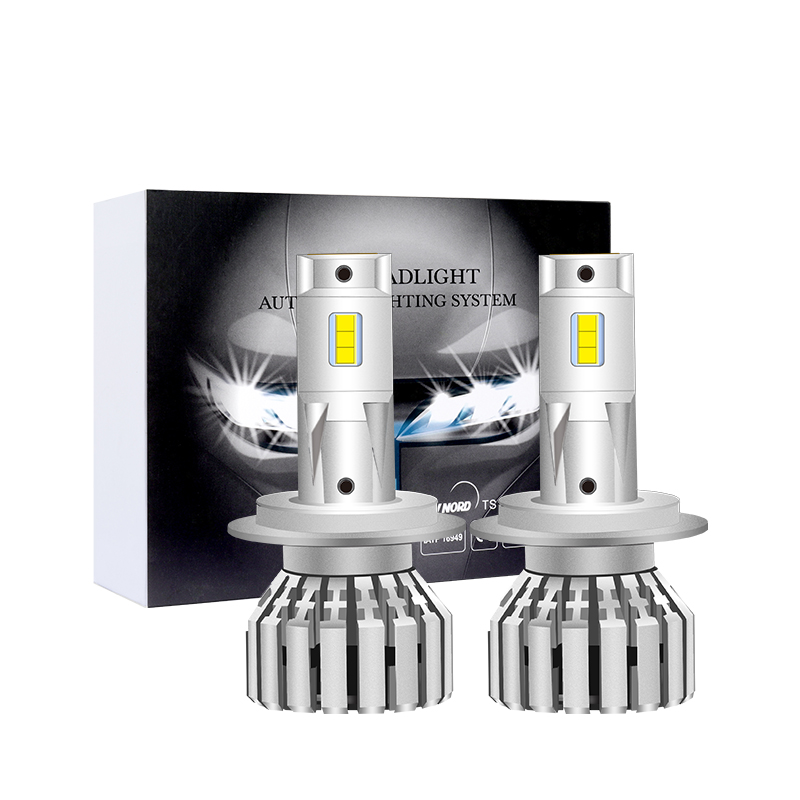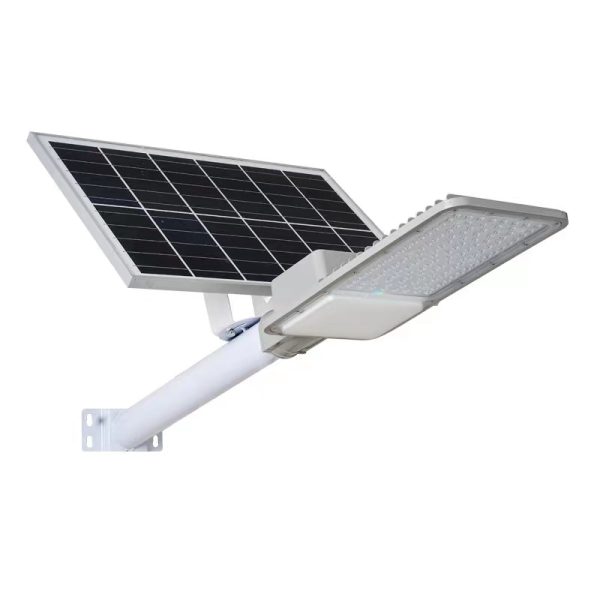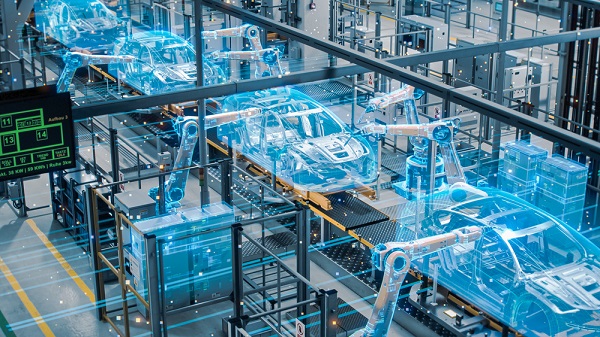Industrial lighting
The scope of factory lighting design includes indoor lighting, outdoor device lighting, station and field lighting, underground lighting, road lighting, guard lighting, obstacle lighting, etc.
Design Points
scope and types
A factory is a place where a given product is produced, and generally consists of factory buildings, offices and other ancillary buildings, various outdoor devices, stations, fields, roads, etc.
(1) Indoor lighting: interior lighting of factory buildings and interior lighting of auxiliary rooms such as offices.
(2) Outdoor device lighting: lighting for various outdoor devices. For example, the open-air operation field of the shipbuilding industry, the kettle, tank, and reaction tower of the petrochemical enterprise, the rotary kiln and belt corridor of the building material enterprise, the blast furnace body, ladder, platform of the metallurgical enterprise, the gas tank of the power station, and the total pressure reduction Outdoor substation transformation and distribution equipment, outdoor water pump station cooling rack (tower) and outdoor ventilation and dust removal equipment, etc.
(3) Station yard lighting: lighting for stations, railway marshalling yards, parking lots, open-air storage yards, etc. (4) Underground lighting: lighting in basements, cable tunnels, integrated pipe galleries and tunnels.
(5) Road lighting: the lighting of factory roads and other roads.
(6) Guard lighting: lighting set along the perimeter of the factory area and the guard area around key places.
(7) Obstacle lighting: There are extra-high buildings and structures in the factory area, such as chimneys, etc., and according to the regional aviation conditions, sign lighting needs to be installed according to relevant regulations.
This chapter focuses on the interior lighting of the factory building. For other lighting, refer to the relevant chapters of the Lighting Design Manual.
Industrial Plant Features
- Characteristics of industrial plants
Industrial plants can be divided into single-storey industrial buildings and multi-storey industrial buildings according to their architectural structure. Most of the workshops in multi-storey industrial buildings are found in light industry, electronics, instrumentation, communications, medicine and other industries. The floors of such workshops are generally not very high. Their lighting design is similar to that of common scientific research and laboratory buildings, and fluorescent lamp lighting schemes are mostly used. Production plants in machining, metallurgy, textile and other industries are generally single-story industrial buildings, and according to production needs, more multi-span single-story industrial buildings, that is, multi-span factory buildings arranged in parallel next to each other. The needs can be the same or different.
On the basis of meeting certain building modulus requirements, the single-story factory building determines its building width (span) and length according to the technological needs.
and height. Span B of the factory building: generally 6, 9, 12, 15, 18, 21, 24, 27, 30, 36m…. The length L of the factory building: ranging from tens of meters to hundreds of meters. The height H of the factory building: the low one is generally 5-6m, and the high one can reach 30-40m, or even higher. The span and height of the factory building are the main factors considered in the lighting design of the factory building. In addition, according to the continuity of industrial production and the needs of product transportation between workshops, most industrial plants are equipped with cranes. The light lifting capacity can be 3 to 5 tons, and the large one can reach hundreds of tons (currently, the lifting capacity of a single crane in the machinery industry up to 800t). Therefore, factory lighting is usually realized with lamps mounted on the roof truss.
- Classification of industrial plants
According to the characteristics of product production, industrial plants can be roughly divided into the following three types.
(1) General production plant: a plant produced under normal circumstances.
(2) Explosion and fire hazard production plant: a plant for normal production or storage of explosive and fire hazards.
(3) Production plants in harsh environments: production plants with dusty, humid, high temperature or steam, vibration, smoke, acid and alkali corrosive gases or substances, and radioactive substances.
According to the above classification, factory lighting design should be carried out in strict accordance with the different production conditions.
General requirements
Factory lighting should be designed according to the following general principles.
- Choice of lighting method
(1) Mixed lighting should be used in places where the requirements for illumination are high, and the density of working positions is not large, and it is unreasonable to use general lighting alone.
(2) The illumination requirement for the operation is not high, or when it is not suitable to install local lighting due to production technical conditions, or it is unreasonable to use mixed lighting, it is advisable to use general lighting alone.
(3) When a certain work area requires higher than general lighting illuminance, partitioned general lighting can be used.
(4) When the general lighting of the zone cannot meet the illumination requirements, local lighting should be added.
(5) Only partial lighting should not be installed in the work area.
- Illumination standard
The illuminance value of factory lighting design should be selected according to the national standard GB 50034–2004 “Architectural Lighting Design Standards”. This standard specifies the illuminance values for general lighting of sixteen categories of industrial buildings. The illuminance standards of the more specific workplaces of various factories should also be in accordance with the regulations of the relevant industries.
- Lighting quality
Lighting quality is a sign to measure the quality of factory lighting design. It mainly includes the following:
(1) Select lamps with high efficiency and suitable light distribution curve. According to the hanging height of the lamps on the frame of the factory building, according to the room shape index ruler, select lamps with different light distribution.
When RI=0.5~0.8, narrow light distribution lamps should be selected;
When RI=0.8~1.65, medium light distribution lamps should be selected;
When RI=1.65~5, wide light distribution lamps should be selected.
(2) Choose lighting sources with appropriate color temperature and color rendering index that meet production requirements.
(3) Reach the specified illuminance uniformity: the general illumination illuminance uniformity in the work area should not be less than 0.7, and the illuminance uniformity around the work area should not be less than 0.5.
(4) Meet the quality requirements of lighting direct glare limit: the uniform glare value (UGR) is in accordance with the provisions of GB 50034-2004. That is, the general allowable value is 22, and the fine processing value is 19.
(5) Take measures to reduce the impact of voltage fluctuations and voltage flicker on lighting and prevent stroboscopic effects.
(6) The lighting device should work under the allowable working voltage, and compensation capacitors should be used in places where metal halide lamps and high-pressure sodium lamps are used to improve their power factor.
- Selection of industrial lighting sources
The light source should be selected according to the characteristics and requirements of the production process. Lighting sources should be electrodeless lamps (please refer to this entry for the details of electrodeless lamps), trichromatic thin tube straight tube fluorescent lamps, metal halide lamps or high pressure sodium lamps. Electrodeless lamps and thin-tube fluorescent lamps should be used when the height of the light source point from the ground is 4m or less; electrodeless lamps and metal halide lamps can be used for higher factory buildings (above 6m), and high-pressure sodium lamps can be used if there is no color rendering requirement.
Lamp:
- Places where lamps need to be switched on and off frequently and started instantaneously;
- Where there is driving operation and need to avoid glare;
- The place where the lights are used for a long time and consumes a lot of electricity, and places that need energy saving, power saving, and money saving;
- Places that require strict identification of colors (such as spectral analysis rooms, chemical laboratories, etc.).
Incandescent:
(1) Places with strict requirements on preventing electromagnetic interference.
(2) Places where lights are frequently switched on and off.
(3) Places where the illumination requirements are not high and the lighting time is short.
(4) Partial lighting and places where lighting is temporarily used.
High color rendering trichromatic fluorescent lamps should be used in places that require strict color recognition (such as spectral analysis rooms, chemical laboratories, etc.).
High-power rocket launcher energy-saving lamp:
1) Places where the lamps need to be switched on and off frequently and started instantaneously;
2) The height of the factory building is less than 10 meters, preferably 4-8 meters;
3) Places that consume a lot of electricity and require energy saving, electricity saving, and money saving;
4) The service life of lamps is longer, generally 3-5 years;
5) A more realistic place is required (such as precision machinery, spectral analysis room, chemical laboratory, etc.).
Ceramic metal halide lamp:
1) The height of the factory building is more than 10 meters;
2) Places with relatively high lighting requirements;
3) Places that consume a lot of electricity and require energy saving, electricity saving, and money saving;
4) A more realistic place is required (such as precision machinery, spectral analysis room, chemical laboratory, etc.).
- Lamp selection
The lamps and lanterns used for factory lighting should be selected according to the environmental conditions, meeting the working and production conditions, and due attention should be paid to the beautiful appearance, convenient installation and coordination with the building, so as to achieve reasonable technical and economical results.
- Calculation of illuminance
The factory lighting design commonly uses the coefficient method to calculate the illuminance. For a certain point on the horizontal, vertical or inclined plane of some special places or special equipment, when it is necessary to calculate its illuminance value, the point-by-point method can be used for calculation.
- Laying method of factory lighting lines
Factory lighting branch lines generally adopt the method of laying insulated wires along (or across) roof trusses with insulators (or porcelain columns). When the roof structure of the large-span factory building adopts the grid type, in addition to the above methods, insulated wires or cables can also be used to pass through steel pipes and lay along the grid. The lighting circuit of explosion and fire risk factory buildings generally adopts copper core insulated wires to penetrate water and gas steel pipes for laying. Hard plastic pipes can be used in places affected by chemical (acid, alkali, salt spray) corrosive substances. According to specific conditions, in some places, wire slots or special lighting busbars can also be used for hoisting and laying.
lighting method
Lighting methods can be divided into: general lighting, partitioned general lighting, partial lighting and mixed lighting. Its applicable principles shall comply with the following provisions:
- When it is not suitable to install local lighting or it is unreasonable to use mixed lighting, general lighting should be used;
- When a certain work area requires higher than general lighting illuminance, partitioned general lighting can be used;
- For places with high illumination requirements, low density of working positions, and unreasonable installation of general lighting alone, mixed lighting should be used;
- Only partial lighting should not be installed in a workplace.
Type of lighting
It can be divided into: normal lighting, emergency lighting, duty lighting, guard lighting and obstacle lighting. Among them, emergency lighting includes standby lighting, safety lighting and evacuation lighting, and its applicable principles should meet the following regulations:
- When the normal lighting is extinguished due to a failure, equipment lighting should be installed in places where normal work or activities need to be continued;
- When the normal lighting is extinguished due to a fault, safety lighting should be installed in places where it is necessary to ensure the safety of people in danger;
- When the normal lighting is extinguished due to failure, evacuation lighting should be installed for the exits and passages that need to ensure the safe evacuation of personnel;
- The on-duty lighting should use a part of the normal lighting that can be controlled separately or use a part or all of the emergency lighting;
- The guard lighting should be installed within the guard range according to the needs;
- The installation of obstacle lighting should strictly implement the relevant regulations of the aviation or transportation department in the area.
choose lamps
When selecting the type of lamps and lanterns according to the environmental conditions, it is necessary to pay attention to the environmental temperature, humidity, vibration, pollution, dust, corrosion, explosive and fire hazard media, etc. The following three environmental conditions to choose lamps.
- Lamp selection for general industrial plants
(1) In normal environments (heating or non-heating places), open-type lamps are generally used.
(2) Where there is a lot of dust, but there is no danger of explosion and fire, choose lamps that are compatible with the amount of dust.
The amount of dust in a dusty environment is measured by the concentration in the air (mg/m3) or the amount of deposition [mg/(m2·d)].
For general dusty environments, dust-proof (IPSX level) lamps should be used. For dusty environments or general dusty environments with conductive dust, dust-tight (IP6X) lamps should be used. For conductive fiber (such as carbon fiber) environment, IP65 lamps should be used. For lamps that often need to be washed with water, no less than IP65 lamps should be selected.
A clean room is an area within a factory that requires strictly controlled environmental conditions. The main function of lighting is to make work activities clearly visible, thus creating safe, comfortable and efficient working conditions.
Introduction
The lighting system must not interfere with the production process nor affect the flow of clean air in the area. The system must be easy to maintain. Large-scale clean rooms are mainly established in the fields of semiconductor industry, electronics industry, computer industry and aviation industry. Biological cleanrooms are also used in the pharmaceutical, food and beverage industries.
lighting scheme
Mistakes in a clean room can have serious consequences and require high lighting levels. If there is no special requirement for the spectrum, neutral white light with high color rendering should be used. There should also be the same requirements for local lighting, and better avoid glare.
The lighting system for a given dust level depends primarily on the air handling requirements.
The high color rendering of fluorescent lamps is well suited for this application. In the wide color temperature range of the light source, the desired color temperature can be easily selected.
Luminaires for demanding cleanrooms: Slimline cables
A clean room with stringent requirements must strictly control the airflow in order to maintain the desired environment. Therefore any change in air flow should be avoided. Large areas of hidden lamps or surface lighting should be avoided. The luminaire must be as thin as possible, with a width smaller than the distance between the suspended ceiling brackets.
In this lighting, the Jurassic Teardrop luminaire range with polycarbonate diffuser screen is used.
A more direct and economical method in clean room design is to choose Jurassic simple 1*36W slatted lamps with only thin wire cable racks. Although standard fluorescent lamps can act as a source of glare, this can be controlled by adding reflectors inside the luminaire: ZLL. The above can increase the lighting efficiency by about 15%.
Luminaires for cleanrooms with moderate dust levels: recessed luminaires
When the clean room requires a medium dust degree (1000 or higher), recessed luminaires can be used. Whether installing enclosed or open luminaires, it should be ensured that air passes through the filter and not through the luminaire.
It is also important to have a clean design in order not to obstruct the operating system. Care should be taken to use the correct light fixtures to avoid glare and ensure good lighting effects
Illumination standard
- The illuminance standard value of industrial enterprise lighting should be graded according to the following series: 0.1, 1, 2, 3, 5, 10, 15, 20, 30, 50, 75, 100, 150, 200, 300, 500, 750, 1000, 1500, 2000 and 3000Lx.
- The lighting design standard value should be the average illuminance value on the working surface of the production site.
- For the standard value of illumination on the work surface, according to the specific requirements of the workplace and visual work, appropriate standard values should be selected according to high, medium and low. Generally, the middle value of the illumination range is used.
- When one of the following conditions is met, the standard value of illuminance on the working surface shall adopt the high value of the illuminance range:
- When one of the following conditions is met, the standard value of illuminance on the working surface shall adopt the low value of the illuminance range:
- When performing temporary work;Two, when accuracy or speed doesn’t matter.


